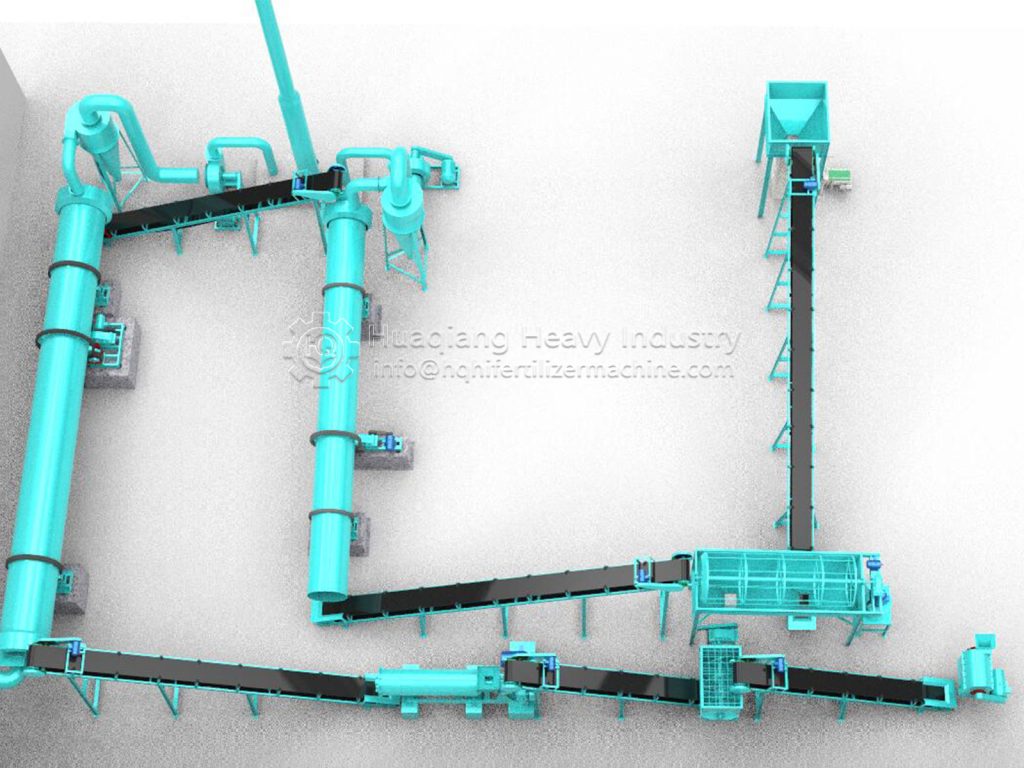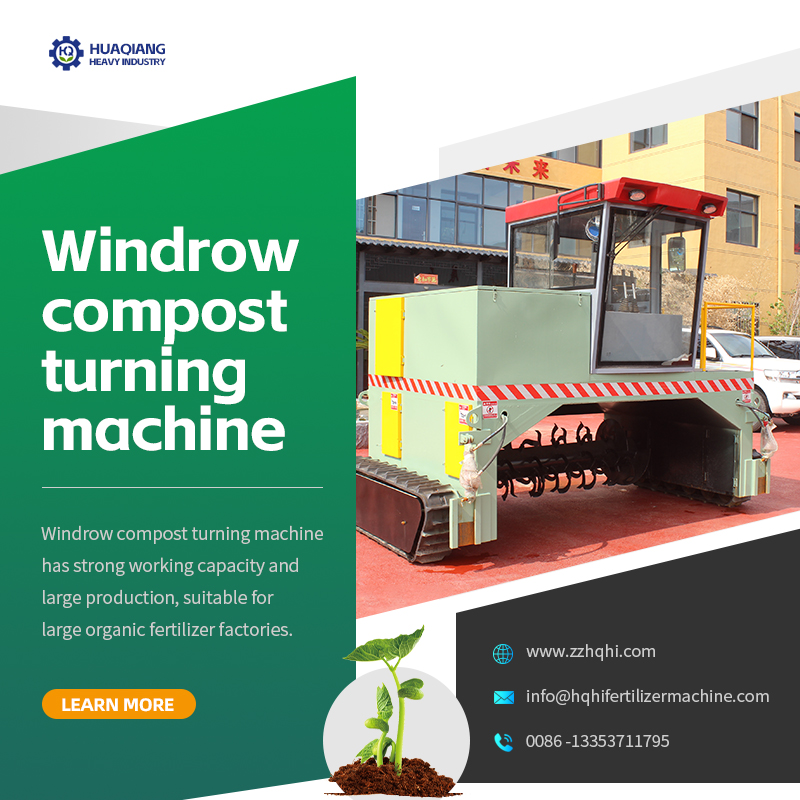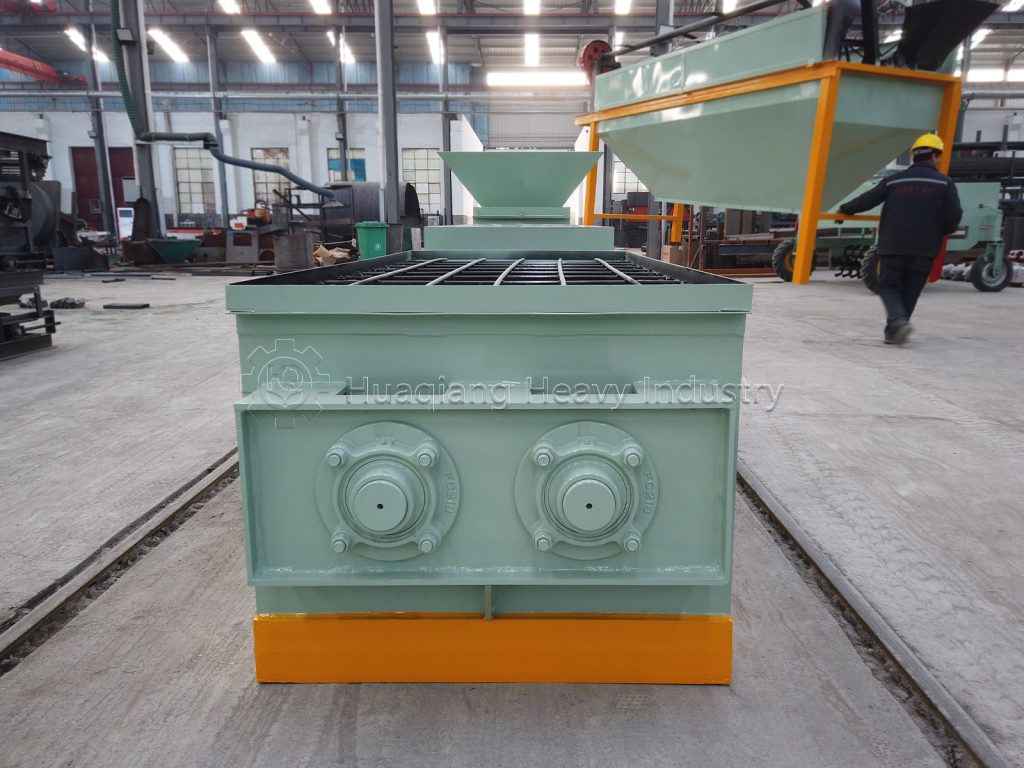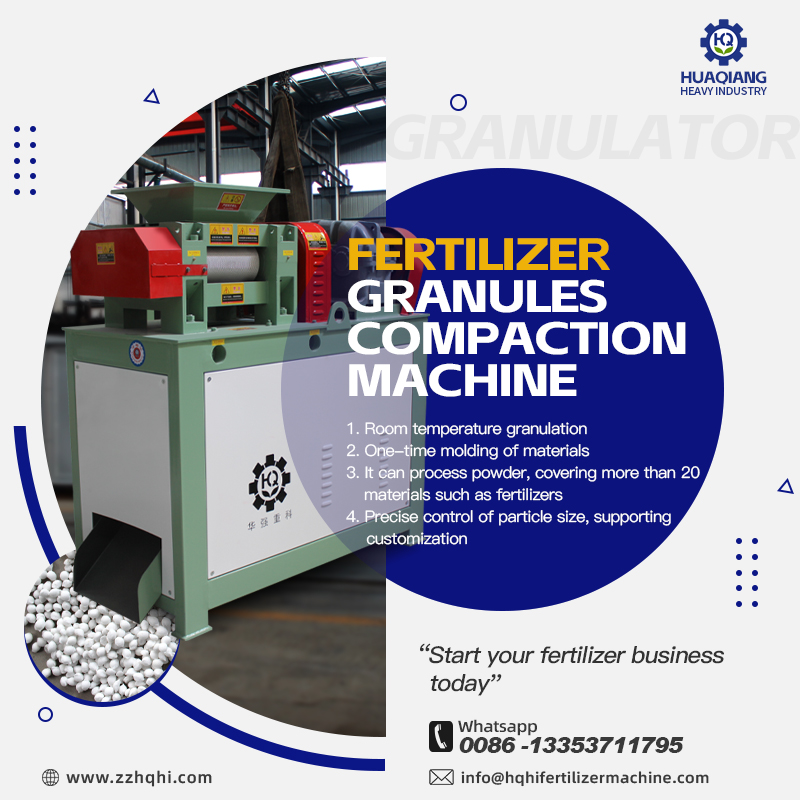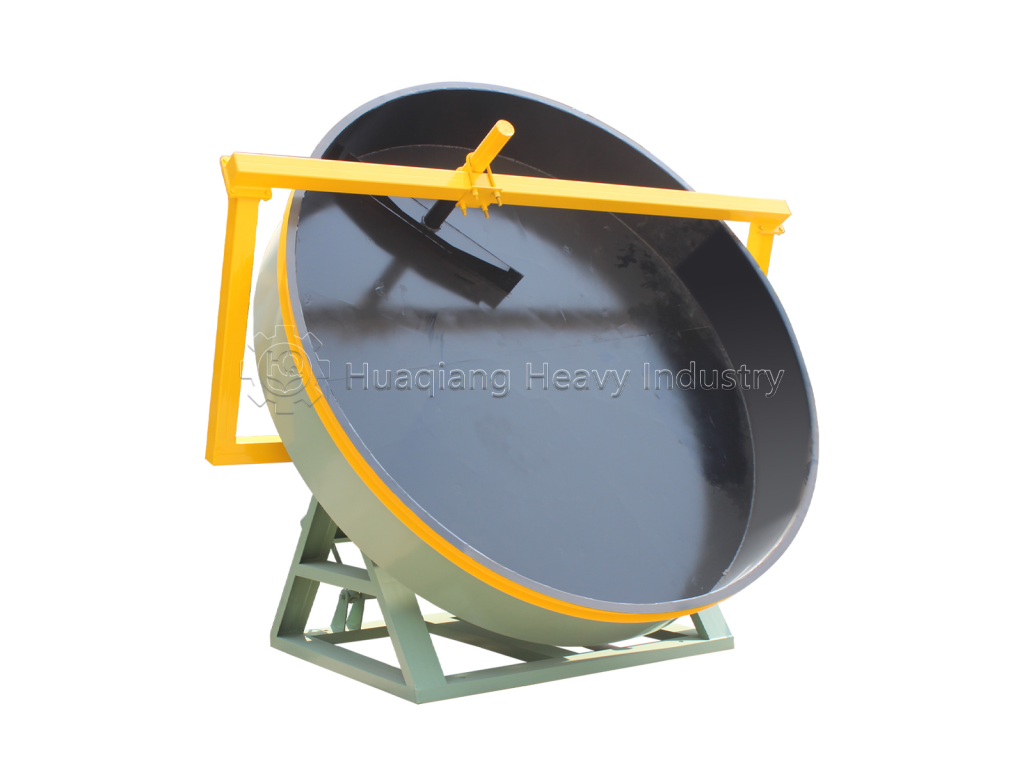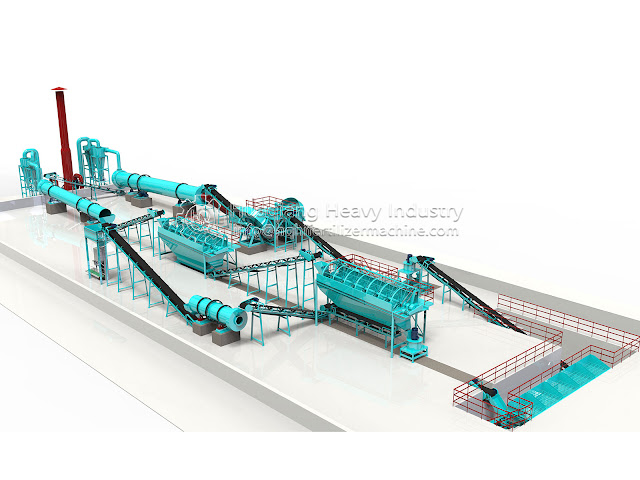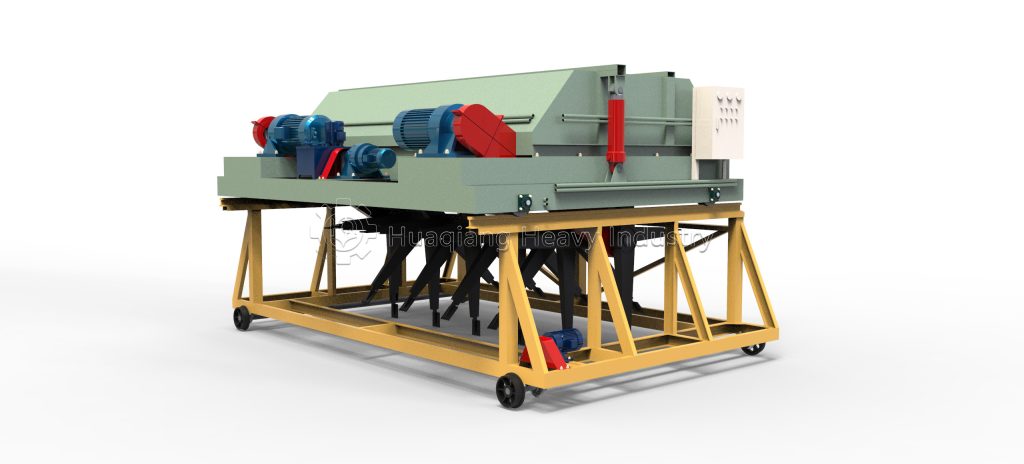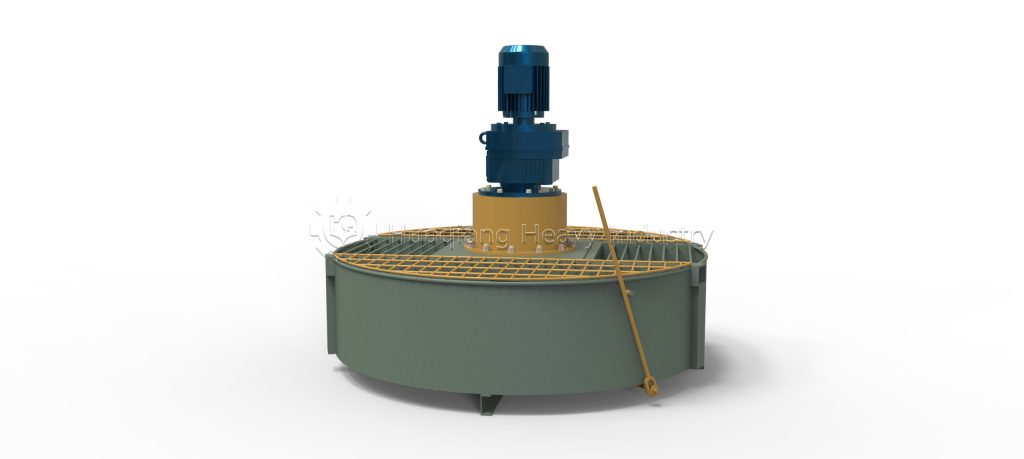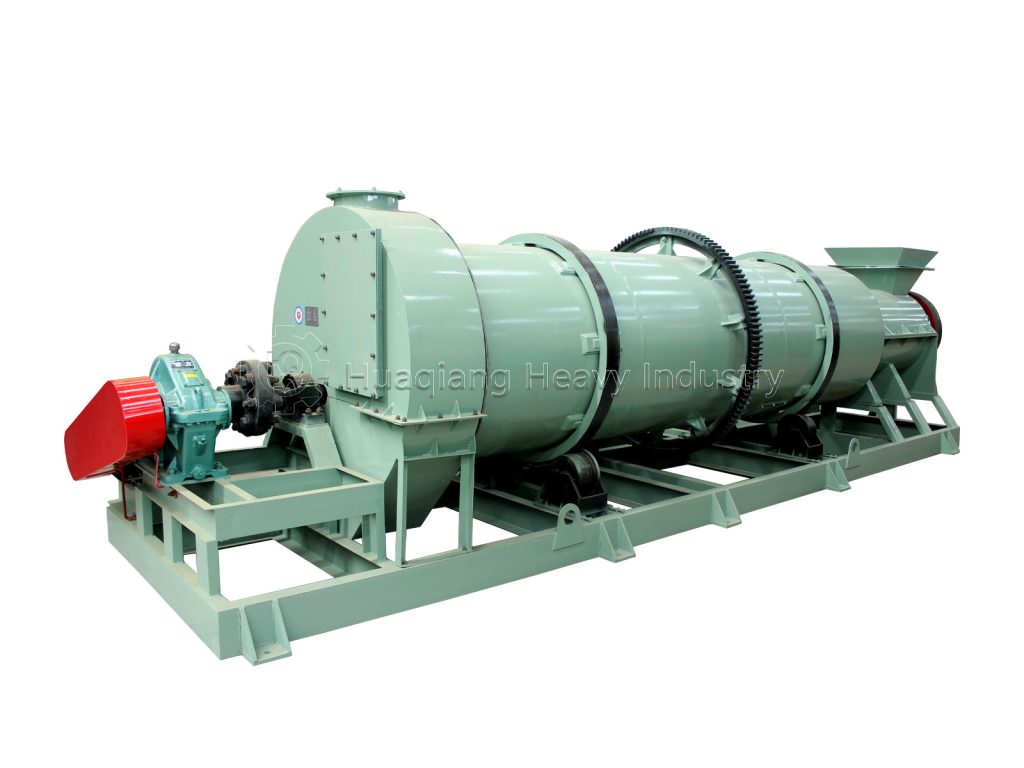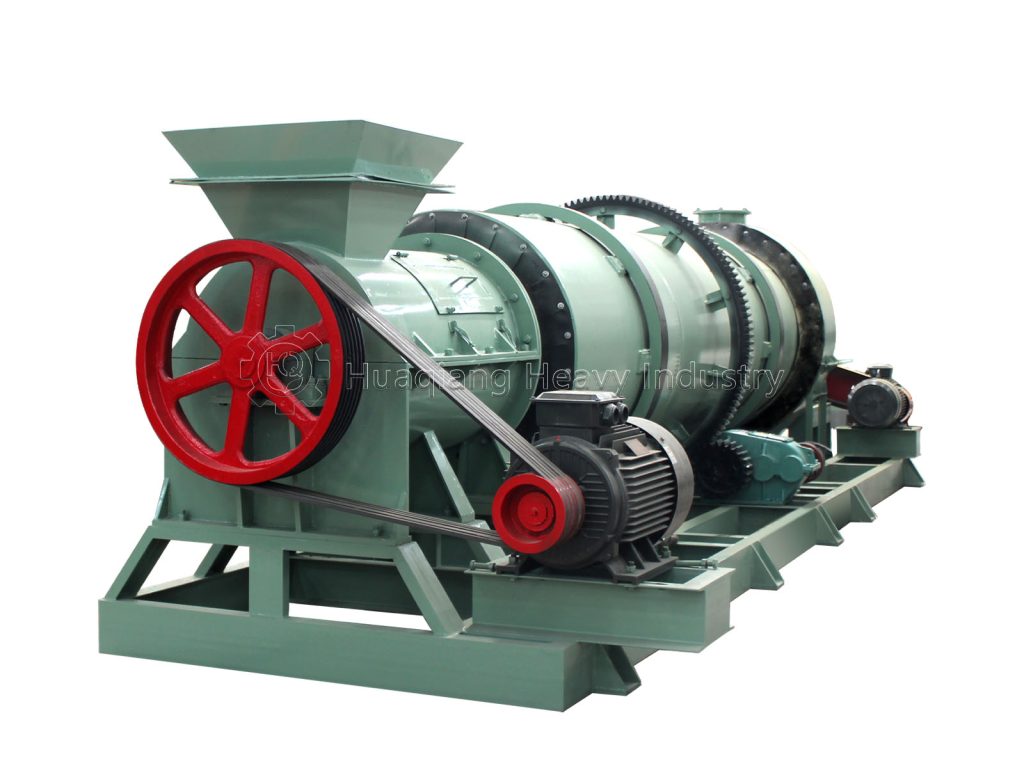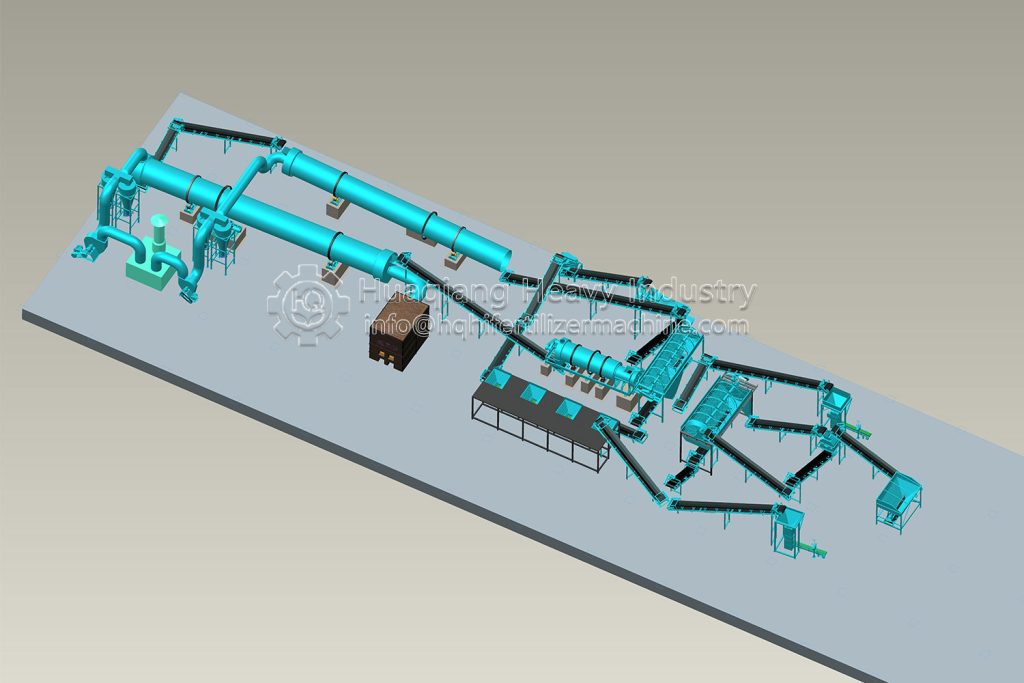Comparison between trough compost turners and crawler compost turners
In the composting equipment of organic fertilizer production lines, compost turning machine and windrow compost turning machine have their own advantages. Choosing suitable equipment can make production efficiency more efficient.

In terms of application scenarios,compost turning machines are suitable for fixed-site operations and need to be used in conjunction with fermentation tanks. The width of a single tank is usually 3-5 meters and the depth is 1-1.5 meters. They are suitable for large-scale and standardized production bases, especially in the continuous fermentation line of organic fertilizer plants. Windrow compost turning machines are experts in mobile operations. The crawler design enables them to shuttle freely in muddy sites without the need for preset fermentation tanks. The pile height can reach more than 1.5 meters.
Each has its own focus on operating efficiency. The compost turning machine relies on chain transmission to drive the turning and throwing teeth. The hourly processing capacity can reach 50-100 tons. The turning and throwing depth is uniform, the material is highly broken, and oxygen can be fully integrated. The fermentation cycle can be shortened to 7-10 days. Windrow compost turning machines rely on hydraulically driven rotating blades to process 30-80 tons per hour. Although the efficiency per hour is slightly lower, they can adapt to irregular piles and have a small turning radius. Their flexibility in operation on complex sites far exceeds that of trough compost turners.
There are obvious differences in operation and maintenance. Compost turning machines require regular adjustment of chain tension and monthly lubrication of sprocket bearings. Due to fixed operations, the replacement cycle of wear parts is relatively long. Windrow compost turning machines require weekly inspection of track tightness and grease of blade bearings every 100 hours, but their modular design makes replacement of wearing parts more convenient and less time-consuming for daily maintenance.
In terms of energy consumption and cost, compost turning machines have 15%-20% lower energy consumption per unit of processing capacity, but they need to invest in fermentation tank construction in the early stage. Windrow compost turning machines have low initial investment, and mobile operations save site renovation costs, making them suitable for small and medium-sized enterprises.
Both can meet the requirements of harmless compost treatment. The compost turning machine is suitable for large-scale and standardized production, while the windrow compost turning machine is suitable for flexible and changeable operation scenarios. Only by choosing according to your own production needs can you make compost treatment efficient and economical, and help the development of green industry.
